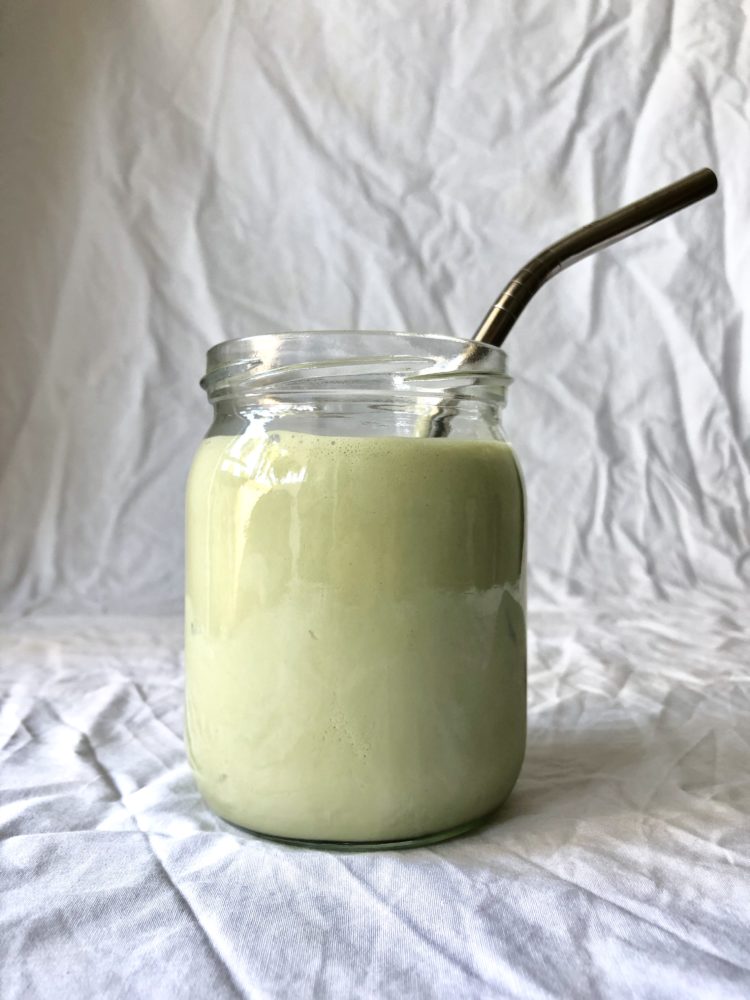Matcha is not a new trend, in fact, it is believed that Matcha was first brought to Japan from China by the Zen Monk Eisai in 1191 AD! In Japanese ‘cha’ means tea and ‘ma’ means powder, which gives Matcha the literal translation as tea powder. Traditionally Matcha is used as an intricate part of a ceremony, where Zen takes an art form in a process of tea making, which celebrates profound beauty in the simple act.
Simply, Matcha or Matcha powder is the young shade-grown tea leaves (Camellia Sinensis) which are plucked from the tree, dried and ground shortly after picking.
Recognised by its vibrant green colour, Matcha boasts an array of health benefits. The main benefits being its high level of antioxidants, nutrient levels and its intriguing balance of energy producing caffeine with its mood balancing L-theanine. Matcha can help to calm a busy mind, while also being uplifting.
It is important to note that not all Matcha powders are created equally. Ceremonial grade is the highest level, boasting a higher nutritional profile and processed under delicate methods to reduce oxidation. Food grade is often used as a way to change food colour or in icecream but often has a lower nutritional profile.
So how do we use it? Matcha can be used as a normal tea, added to hot water, mixed a splash of honey or milk and off you go. or it can be added into cooking, smoothies and salad dressings for a vibrant green colour. I love it straight in hot water or added to smoothies.
ICED MATCHA SMOOTHIE
This recipe is Gluten free, Dairy free, Refined sugar free, Vegetarian
I N G R E D I E N T S
1 cup of almond mylk
2 tablespoons of cashews
1/2 frozen banana
handful of ice
1 teaspoon matcha powder
M E T H O D
1. place all ingredients into a high performance blender. Blend until smooth and creamy. note* can add more almond mylk here if needed. any nut milk will work for this recipe.
2. serve straight away
